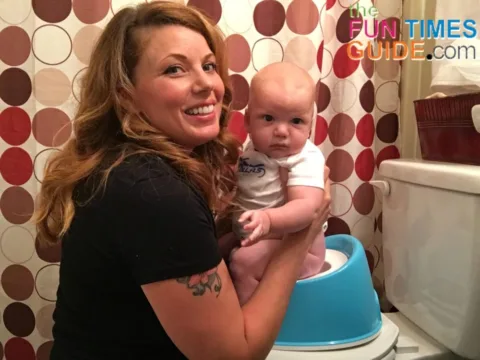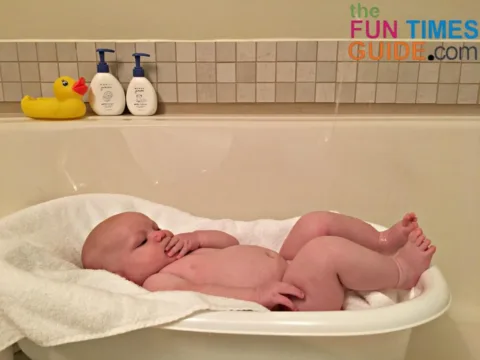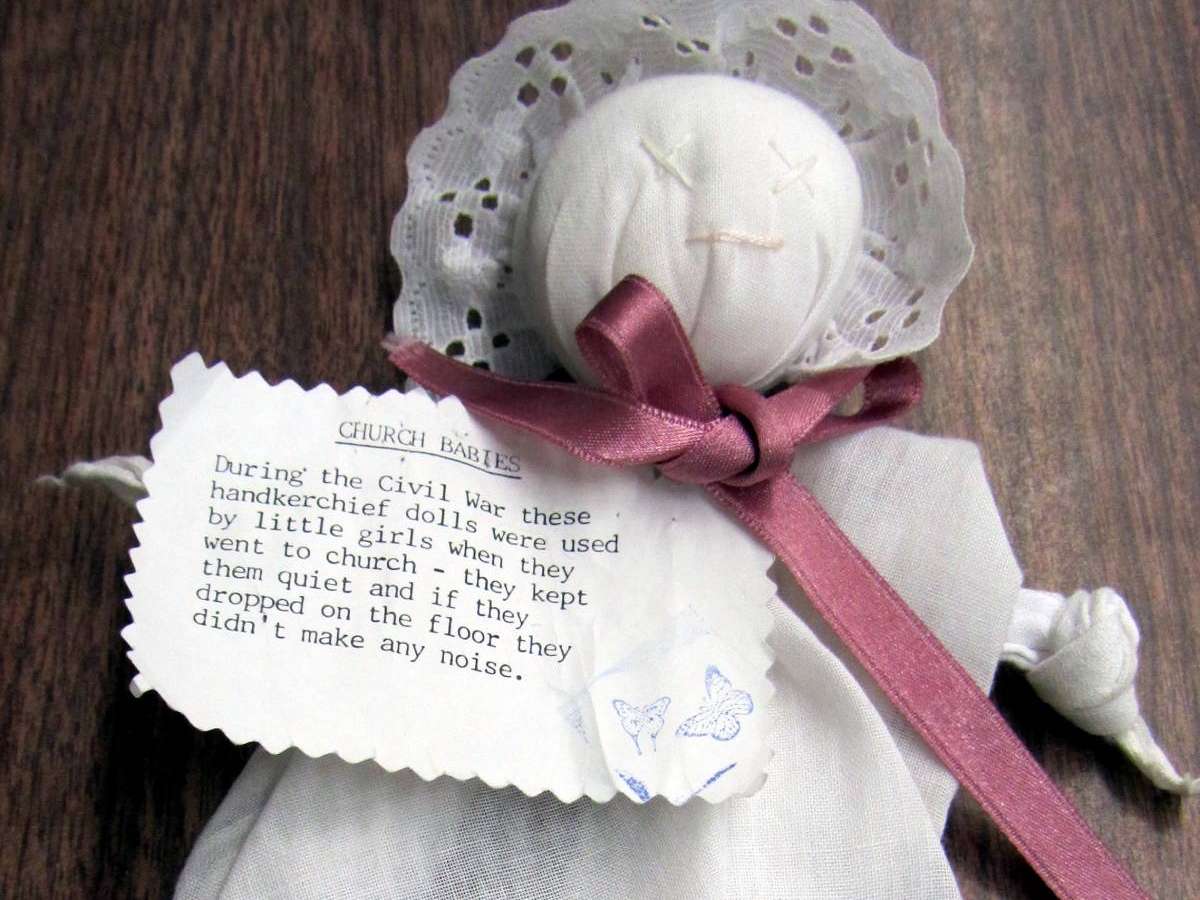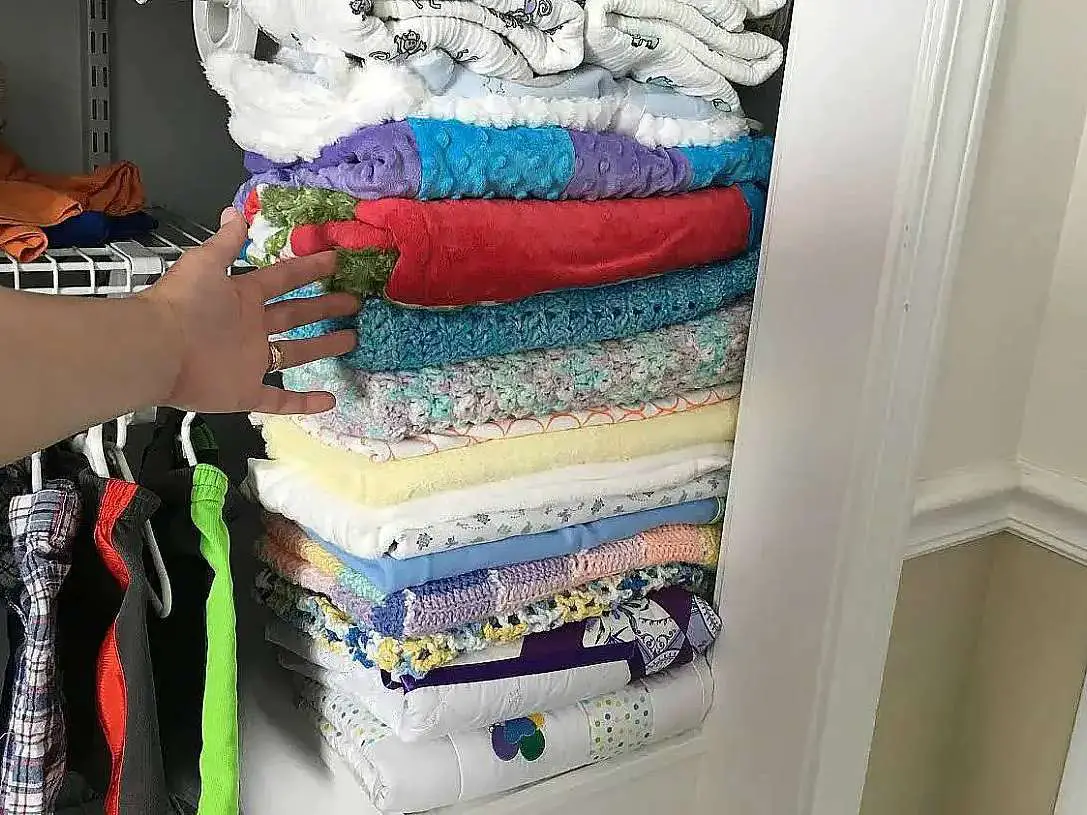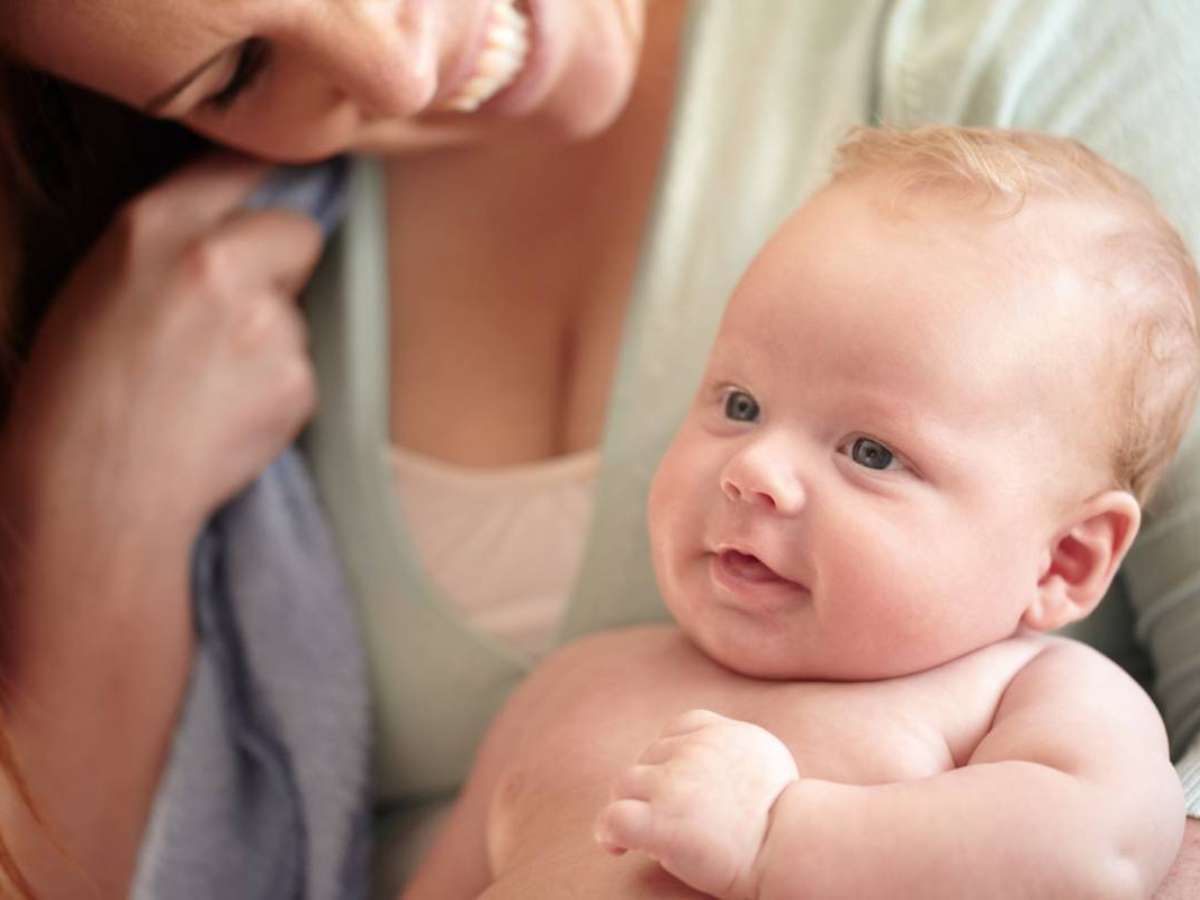Do you know the average baby will spend their first 2 to 4 years going potty in their diaper?
As a new mom, people are always confused or surprised when I announce that we are going diaper free and starting baby potty traininclog already.
Imagine breaking free from diaper changes and diaper costs much sooner.
Today I’m going to share my insight with you on our Elimination Communication journey (a simpler way to do baby potty training) — which we started when our little boy was 13 weeks.
What Is Elimination Communication?
Elimination communication has been around for ages. Think about how our ancestors coped before the invention of diapers in the 50s.
It is the predominant form of baby hygiene in many cultures, Eastern civilizations, and Third World countries.
To put it simply: Elimination Communication is a combination of timing, signals, cues, and intuition between baby and caregiver.
The caregiver will then help the baby potty in the appropriate place. It is a gentle, non-coercive method and offers no rewards or praise (unlike traditional Western potty training).
It’s Baby Potty Training Based On Communication… Not On Rewards
Unfortunately, we have become a diaper-dependent civilization — unconsciously training our babies to use the diaper as their toilet. Imagine being trained to do all of your waste elimination in a diaper for the first few years of your life and then suddenly your caregiver wants you to go some place different.
No wonder potty training is so difficult for most kids… and parents!
When a caregiver really tunes in, they can distinguish different needs the baby is trying to communicate.
For the most part, as a mother, I can decipher certain cries or signals my baby communicates. Because I have the luxury of spending all of our time together, I can tell when he is hungry, tired, needs a burp, has gas, is uncomfortable.
So trying to tune into when he needs to go potty as well doesn’t require much more effort.
If I know he is working on a package of poo, it doesn’t make sense to me to sit there and watch him eliminate in his diaper — so he can sit in his own mess. I want to get him to the toilet and start establishing where pottying belongs.
How To Do Elimination Communication With Your Baby
This is how I did it.
First, I gathered a few necessities:
- I purchased, downloaded, and read the digital copy of Go Diaper Free by Andrea Olsen. Andrea has helped over 10,000 families with Elimination Communication and she breaks down her baby potty training method step-by-step with a variety of effective options — like how to do Elimination Communication part-time vs. full-time, and tips for using cloth diapers vs. disposable diapers as a backup.
- Since we’re not diaper free yet (we just started 3 weeks ago), we are using disposable diapers as a backup. I like Pampers Swaddlers — because they’re so soft and have a “wetness indicator”. The indicator helps me acknowledge when I miss a signal.
- Finally, I purchased a Baby Bjorn Smart Potty. There are a lot of different ones to choose from, but this is the one I like because of the “splash guard”.
Then, I mentally prepared myself for the required level of commitment — and I began to observe.
I observed my baby for a couple days in these ways:
- Sometimes, while he was wearing just diaper, I’d watch for the wetness indicator stripe to turn color.
- Other times, while he was in the dry tub during diaper free time, I’d watch his expressions and behavior closely.
While observing, I was looking for signals my baby was giving me right before he went pee or poo.
Finally, once I knew what my baby’s signals were, I would say “wait,” carry him to his potty, remove his diaper, sit him on the potty, cue him with sounds like “psssssss” (water flowing) and/or “uhhhh uhhhh” (grunting). Then, I’d re-use the unsoiled diaper.
It’s not always easy to catch the signals. Some days, I catch many pees/poo and use way less diapers. Other days, I hardly catch anything and use more diapers. Sometimes my baby goes on a “potty strike” and we need a reboot from EC.
It’s anything but easy right now — but I remain committed and focused on the goal of becoming diaper free as soon as possible!
Babies Learn What We Teach Them
We are constantly teaching our babies from birth:
- We establish routines.
- They listen and learn our language.
- They watch our interactions.
- We correct, we encourage and we praise our children.
So of course I’m going to teach my son where to go potty as early as possible!
The information provided here is to get the conversation and research started within your own family.
It will be completely up to you how you want to approach baby potty training — after you decide what will work for your family. Every baby is different and will learn at different rates.
We decided that we are the parents and our baby will follow our lead. Yours will do the same should you decide to go diaper free.

